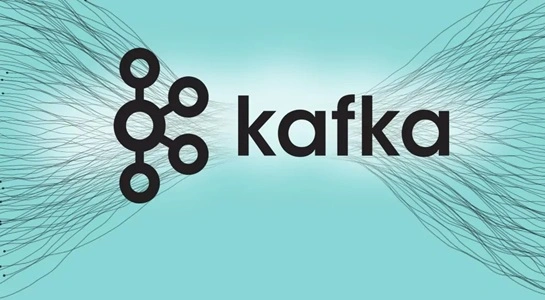Apache Kafka is a powerful distributed event-streaming platform widely used for building real-time data pipelines and streaming applications. Knowing the version of Kafka you are running is crucial for ensuring compatibility with other components, accessing new features, and applying security patches. This article provides a step-by-step guide to checking your Kafka version in various environments.
Why Check Kafka Version?

- Compatibility: Ensure compatibility with other components, such as Kafka clients, ZooKeeper, and associated applications.
- Features: Access new features or enhancements introduced in newer versions.
- Security: Verify that your Kafka setup includes the latest security patches.
- Troubleshooting: Identify and resolve issues caused by version-specific changes or limitations.
How to Check Kafka Version
The method to check the Kafka version depends on how Kafka is installed and deployed. Below are some common ways to determine the Kafka version.
1. Using the Command Line
If you have access to Kafka’s installation directory, you can check the version using the command line.
Steps:
1. Navigate to the Kafka installation directory. For example
cd /path/to/kafka/
2. Run the following command:
./bin/kafka-run-class.sh kafka.Kafka -version
Output:
The command displays the Kafka version, such as:
2.8.1 (Commit:bb52d05a3264776a)
2. Checking Kafka Logs
Kafka logs often include version information during the server startup process.
Steps:
1. Locate the logs directory in your Kafka installation. Typically, it is found at:
/path/to/kafka/logs/
2. Open the server log file using a text editor or viewer. For example:
less server.log
3. Search for the version information in the log file. It is usually included in the startup messages, such as:
INFO Kafka version : 2.8.1 (kafka.Kafka)
3. Using Kafka Broker API
Kafka brokers expose their metadata via APIs, which include version details.
Steps:
1. Connect to a Kafka broker using a tool like kcat (formerly kafkacat) or custom scripts.
2. Query the broker metadata:
kcat -L -b <broker-host>:<broker-port>
3. Check the output for the Kafka version.
Note:
This method requires that you have the necessary permissions to access broker metadata.
4. Using Admin Client in Java
If you are working with a Java-based Kafka application, you can programmatically retrieve the Kafka version using the AdminClient API:
Example Code:
import org.apache.kafka.clients.admin.AdminClient;
import org.apache.kafka.clients.admin.AdminClientConfig;
import java.util.Properties;
public class KafkaVersionCheck {
public static void main(String[] args) {
Properties props = new Properties();
props.put(AdminClientConfig.BOOTSTRAP_SERVERS_CONFIG, “localhost:9092”);
try (AdminClient adminClient = AdminClient.create(props)) {
adminClient.describeCluster().nodes().get().forEach(node -> {
System.out.println(“Broker: ” + node.host() + “, Version: ” + node.version());
});
} catch (Exception e) {
e.printStackTrace();
}
}
}
Compile and run this code to retrieve broker information, including the version.
5. Using Docker Commands
If you are running Kafka in a Docker container, you can check the version using Docker commands.
Steps:
1. List running Kafka containers:
docker ps
2. Find the container ID for Kafka and run the following command:
docker exec -it <container-id> kafka-server-start.sh –version
6. Checking Kafka Distribution Metadata
If you downloaded Kafka from the official website, you can check the version in the distribution metadata.
Steps:
- Open the RELEASE or CHANGELOG file in the Kafka installation directory.
- Look for version details in the file.
Troubleshooting Tips
- Access Issues: Ensure you have sufficient permissions to access Kafka directories or query the broker API.
- Environment Variables: If Kafka commands are not recognized, check if the Kafka binary directory is added to your PATH.
- Multiple Kafka Installations: Verify that you are checking the correct Kafka installation if multiple versions are present.
Conclusion
Knowing the Apache Kafka version is essential for managing compatibility, security, and features in your streaming environment. Whether you use command-line tools, logs, APIs, or scripts, determining the Kafka version is straightforward. Regularly verifying your Kafka version and upgrading to the latest stable release can help ensure a robust and secure data streaming setup

